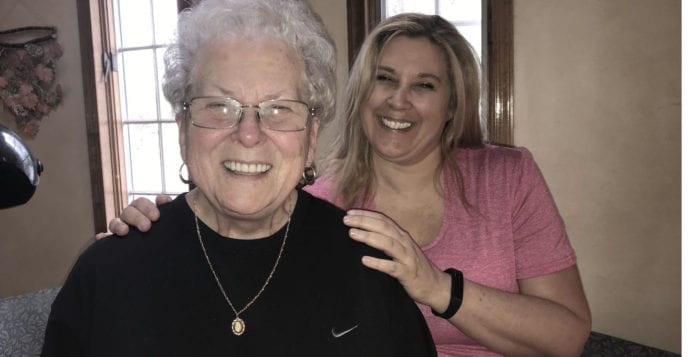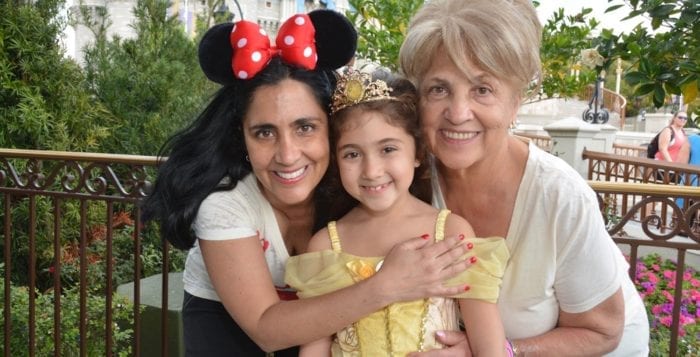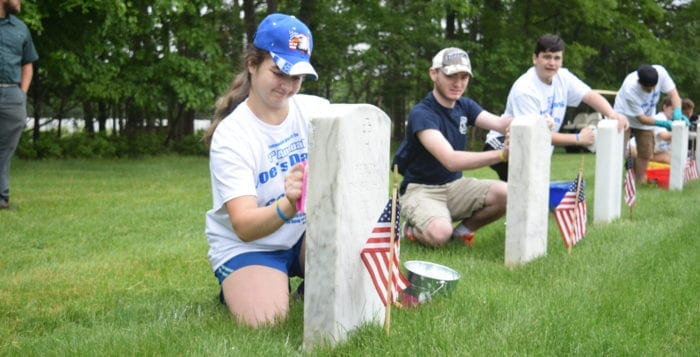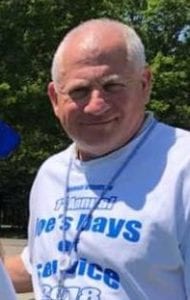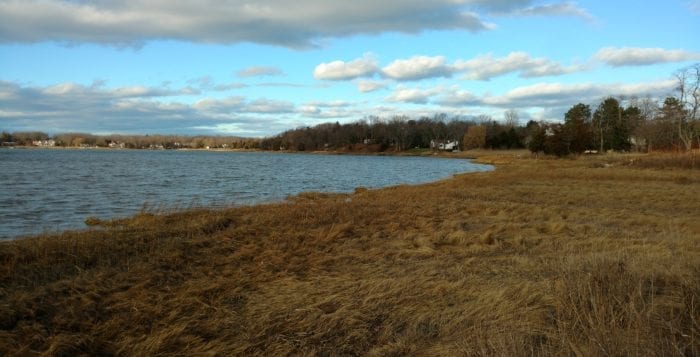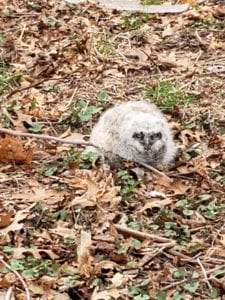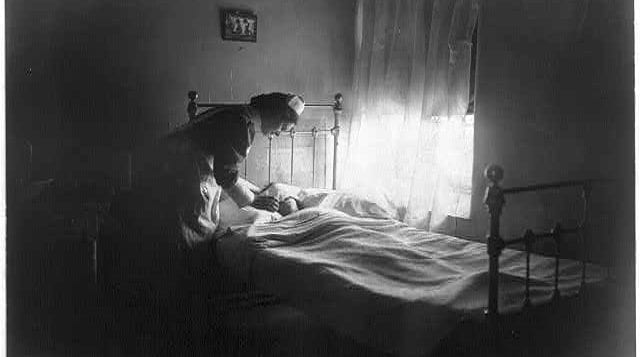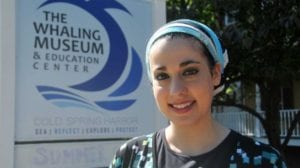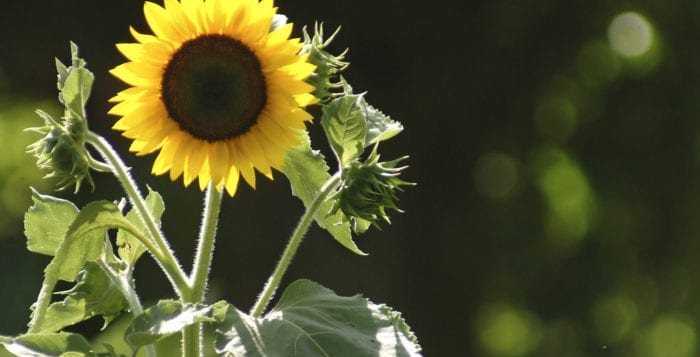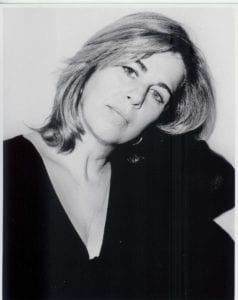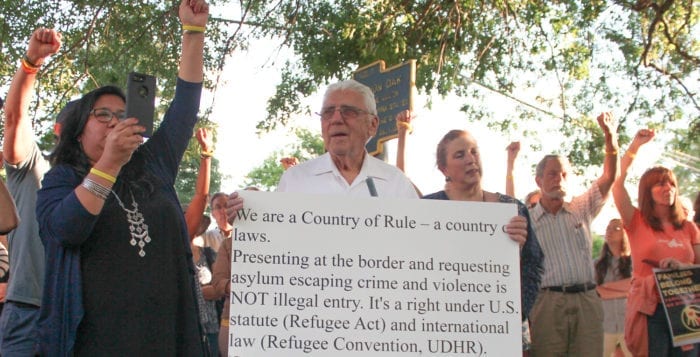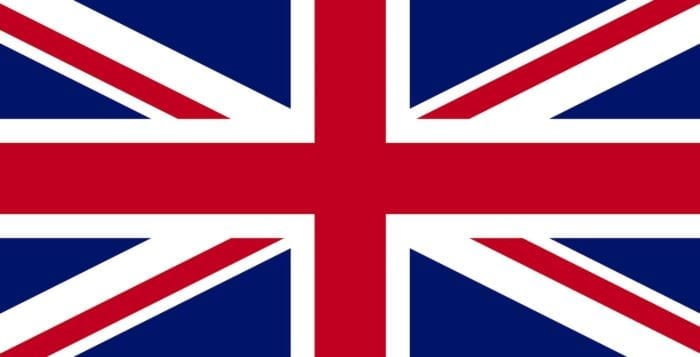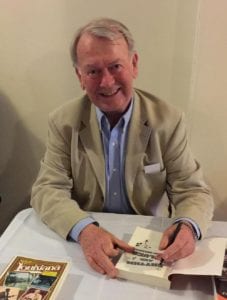By Erica Cirino
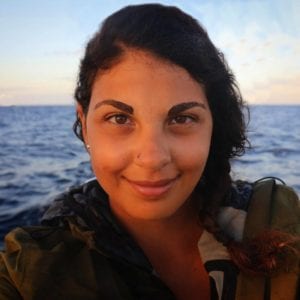
‘We are all fragments of the Earth’s collective imagination. From our perceptions of other beings and of places, we create ourselves. From our perceptions of ourselves, we create the meanings of our lives.’ — scrawled in my notes atop a cliff in Grimsey, Iceland, while watching a young puffin preen
The UN’s Global Assessment Report released on May 6 made something ecologists have been saying for years and years even more clear: Earth has an invasive species problem, and that is humanity. We are taking over land, sea, air and space at an unprecedented pace, and with painful consequences for all other life on this planet we share with eight million other species.
One million of these other eight million species are directly threatened with extinction due to our ravenous consumption of “resources” — the living and nonliving components of the Earth we choose to exploit — in addition to our straight-up takeover of space. Nonhumans probably classify us as a scourge. Rightly so.
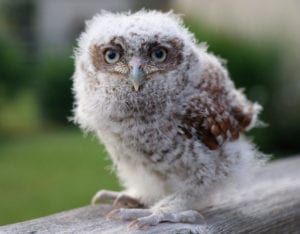
More than 7.3 billion humans are alive today. Less than 80 pygmy three-toed sloths are left in Panama as humans clear mangroves — sloths’ habitat — for farming. There are probably fewer than 10 tiny porpoises called vaquitas alive in the Gulf of Cortez today because humans have been illegally hunting a fish called a totoaba with gillnets that catch and kill nontargeted marine mammals, including vaquitas.
The world’s last northern white rhino died in Sudan in 2018 after a surge of poaching for rhino horn wiped out the entire species. Insects — which, while they can be pesky when buzzing in our ears or landing on our food — serve as part of the foundation of both terrestrial and aquatic food chains and pollinate the plants we rely on for survival but are dying off due to our intensive use of pesticides.
The seas are being emptied of fish to feed our growing, and increasingly hungry, human population as tiny and toxic particles of plastic increasingly permeate the marine food chain. The skies are emptying of birds, which are increasingly growing disoriented and crashing into buildings in our brightly lit cities filled with tall skyscrapers. Nonhuman terrestrial animals are being forced to live in shrinking habitats as we clear land, head for higher latitudes thanks to climate change, and off the coasts where rising seas encroach.
Yet, humans continue to take over the world. I find this fact quite difficult to cope with.
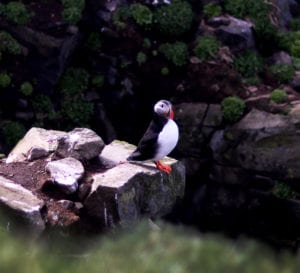
I am a licensed wildlife rehabilitator who has worked with sick, injured and orphaned nonhumans for more than 11 years, since the age of 15. I believe wildlife rehabilitation is not a solution to conservation issues, but simply a way to help individual nonhumans get a second chance at life, because humans have made life on this planet very hard for other species (and also our own species). It’s a small way to help right some of humanity’s wrongs.
But when I turned 22, frustrated by all the human-injured wildlife that passed through my hands (shot by BB guns, poisoned, abducted, abused, hit by cars, smashed into windows), I stopped working in the clinical setting and moved to the world of photojournalism. It was my attempt to enlighten humans to the plight of nonhumans — to offer facts, to help our species perspectivize and perhaps empathize — so that maybe some nonhumans would be spared from a destiny of harm instead of needing a rehabilitator’s help. I continue to rehabilitate a few nonhumans every year, because I empathize with them, I know about their natural lives, and I know how to give them first aid.
While humans are more than surviving on Earth, we are not exactly thriving: About one in 10 people in the world do not have enough food to live a healthy life. More than 300 million people in the world — including children — are depressed. Climate change is stressing the landscapes people rely on to survive, fueling disease, malnourishment, conflict and migration. If all of this sounds really horrifying, well, it is. But if you think we have it hard, try to imagine how the nonhuman animals must feel, with their world being taken over by just one species: us.
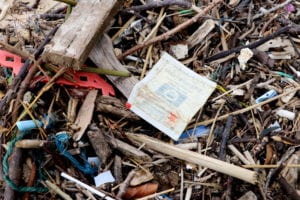
Animals must reproduce to survive. But humans have already proven that they can do that. Why do we reproduce more than we need to to hack it as a species? A lack of empathy? Pride? Is it something that happens when a human being is so full of confidence about oneself that they believe they should make a reflection of it? Or perhaps it is something that happens when a human being desires the opportunity to live vicariously through a blank canvas that they themselves can paint, can create, to right the wrongs that their parents — or maybe their parents-parents — made when raising them.
It’s clear we lack empathy, not only for other species but for our own. We are so individually focused. Why have such a strong drive to procreate when the survival of our species in this world is easy, virtually guaranteed? Why not focus on elevating the lives of the less-fortunate humans, and less-fortunate nonhuman beings? Why not use the energy we spend procreating elsewhere, like volunteering to reforest the planet or pick up plastic trash or feed hungry people? Yes, giving birth may fulfill a human’s primal desire to create, but at what costs for the entire world?
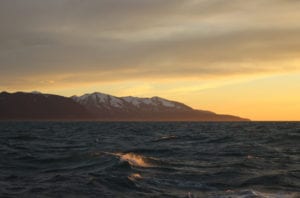
I have always wondered why we celebrate the birth of a human baby, but why there is no champagne and no cries of joy when the duckling hatches from an egg, when the she wolf delivers her pups, when a neonatal shark swims from a pouch. In raising and healing wildlife, I lay no claim. I try, in a very small way, to restore the proper balance of nature, rewilding the world by setting its nonhuman children free.
As a wildlife rehabilitator, I do not get congratulated each time I set an animal loose into the unforgiving arms of nature. I do not get cries of sympathy when an animal dies in my hands despite my attempts to resuscitate him or her. I do not get the same kind of pride out of raising a baby animal to adulthood as many people do when they raise a baby human. I don’t see a reflection of myself in the peeping owl hatchling or chattering baby squirrel, despite the fact I’ve spent painstaking days and nights, for weeks or months, feeding and cleaning these creatures.
And I don’t need to see that reflection. We are not all the same species, but I do feel that the wildlife and wild places of the world are a part of me. Though humans and nonhumans are separate in DNA, I believe we are still equals as kin on this Earth. We must get out of our own heads to empathize with nonhumans. We must prioritize the raising of all species, not just our own.
Erica Cirino is an international science writer, artist, award-winning photographer and licensed wildlife rehabber. Visit her website at www.ericacirino.com/speaking for a list of free upcoming lectures in Suffolk County.
All photos by Erica Cirino


